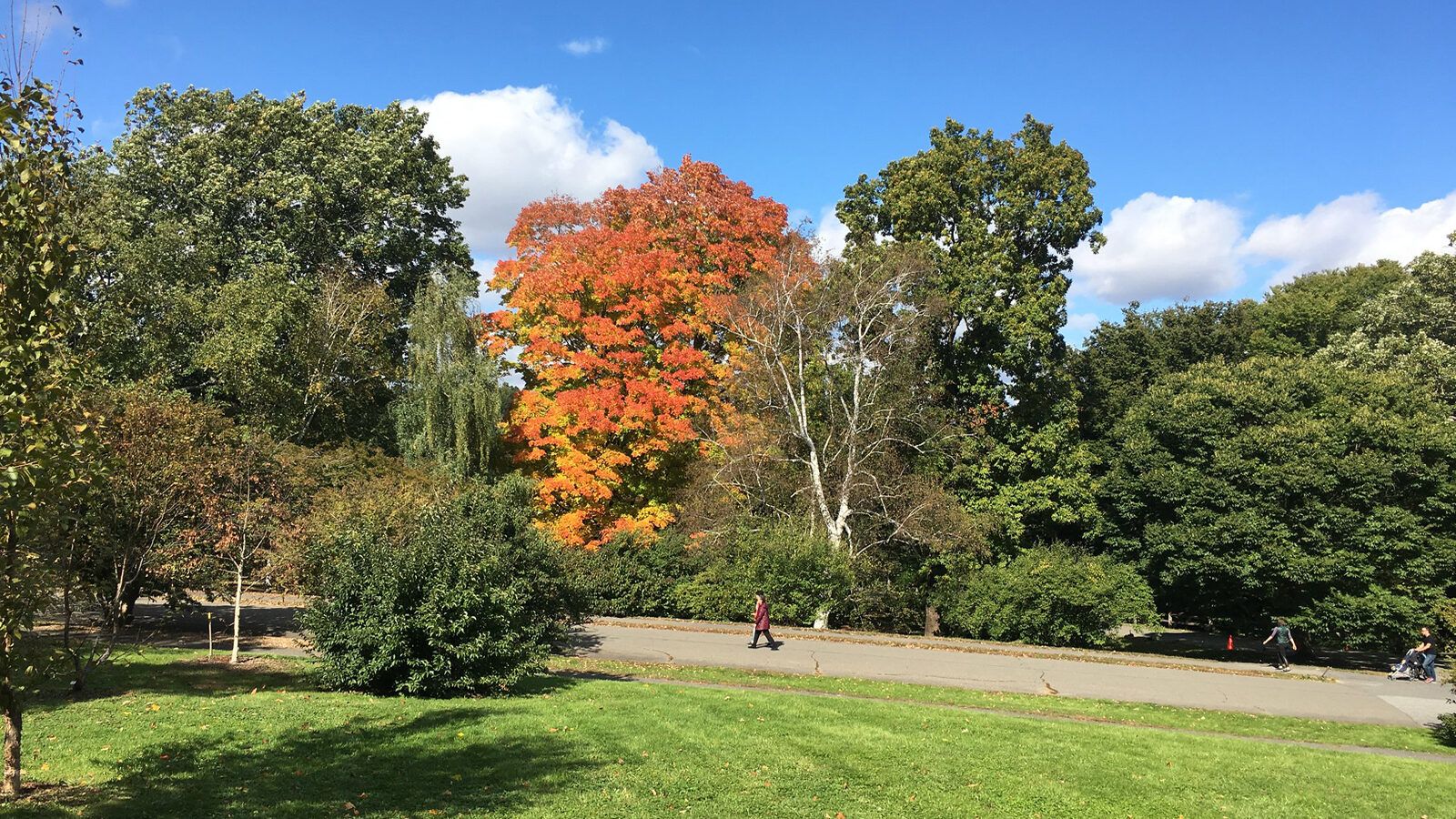Arnold Arboretum
Mapping Knowledge Ecology from Ledgers to Digital Archives
The project explores the interwoven histories of plants and experts by drawing on centuries of archival material, combining close reading with deep learning to create an interactive platform that reveals the stories behind this living museum’s botanical collection.- Time
- Location
- Cambridge, USA

What stories can an arboretum tell us? As ecological concerns become increasingly urgent, botanical collections have gained recognition as vital bioinformatic resources. It has even been argued that these collections are “uniquely placed to address several challenges to conserving the world’s plant diversity” (Westwood: 2021). From studying the behavior of bees to measuring the lifespan of trees, botanical collections offer much more than just peaceful surroundings. The Arnold Arboretum at Harvard University is a prime example. Founded in 1872, it is not only one of the oldest public arboretums in North America but also a global leader in botanical research and conservation. Situated on 281 acres in Boston, the Arboretum houses a vast and meticulously curated collection of shrubs and woody plants from North America and East Asia. Today, this living museum proliferates knowledge to both the local Boston public and the global expert community.
However, the Arnold Arboretum has always been a site for knowledge circulation. According to a portrait of its founder, James Arnold, he envisioned the Arboretum as a “scientific station for the study and cultivation of trees” (Sergent, 1922). Like every botanical garden, its wealth of information is the result of years of documentation and tacit practices, which had the form of ledgers in the past and digital archives today (Loukissas 2019, pp. 27-53). Yet, compared to the histories of taxonomy, less attention has been given to how knowledge is produced in these “border spaces between the locality and the herbarium” (Douglas: 2022). This project seeks to highlight the intertwined histories behind the digital records in the botanical garden. Drawing on rich archival material accumulated over two centuries, we aim to map the interconnected biographies of both plants and experts.
In the process of narrativizing this historical curatorial material, we combine close reading with various deep learning methods. The goal is to offer an intermediate layer between individual affinities and the larger plant collection of the Arboretum. To invite the audience to find their own path through the Arnold Arboretum, the results will be presented as an interactive platform. By visualizing the biographies of both the trees and the curators, we aim to tell stories not just of infrastructure, but of interspecies affinities.